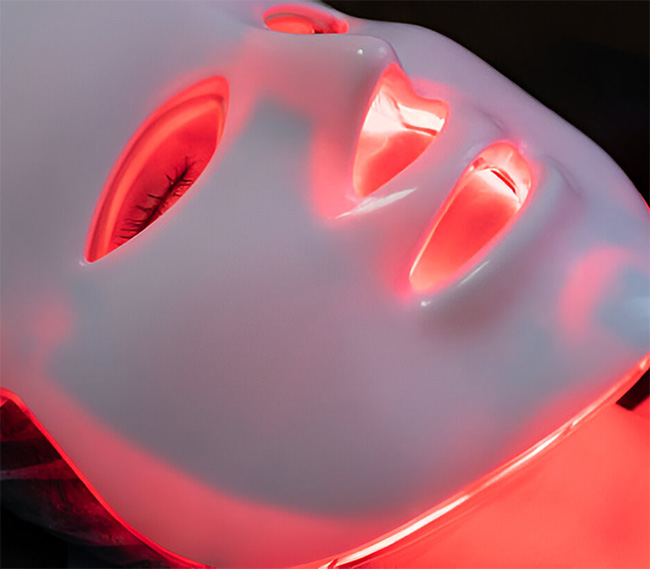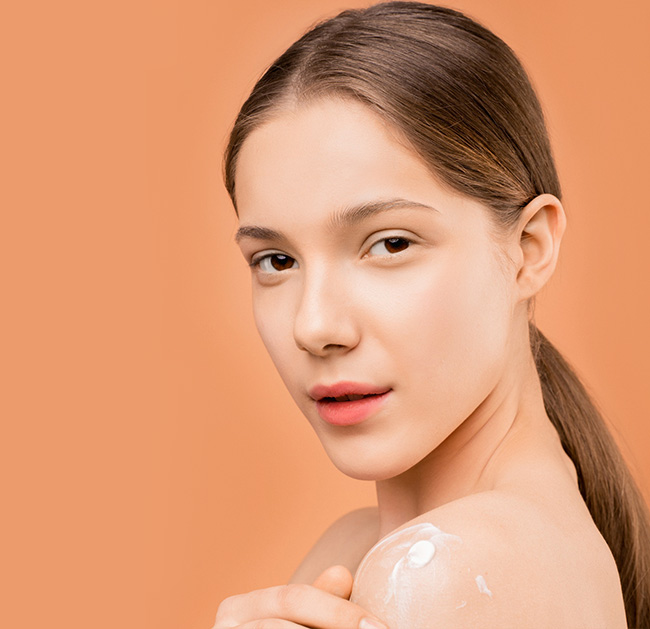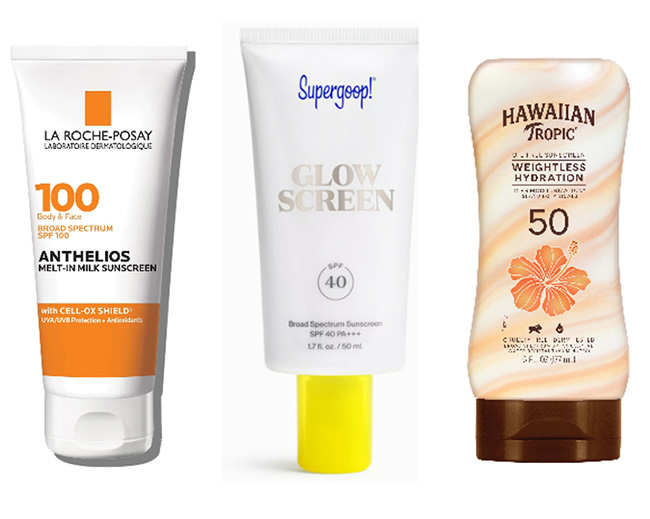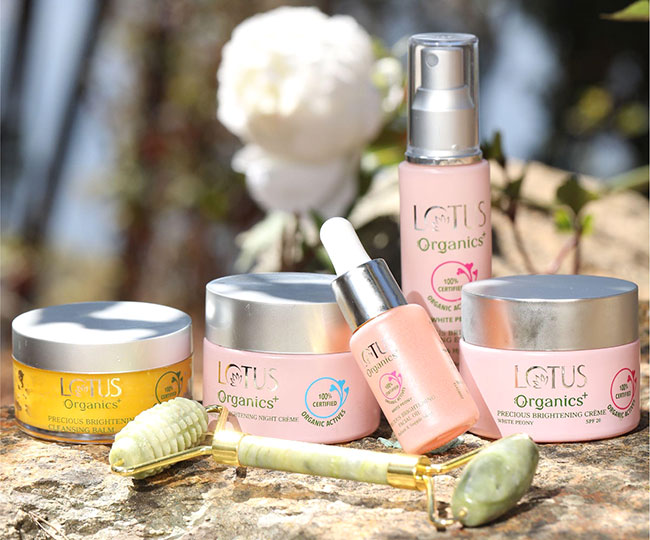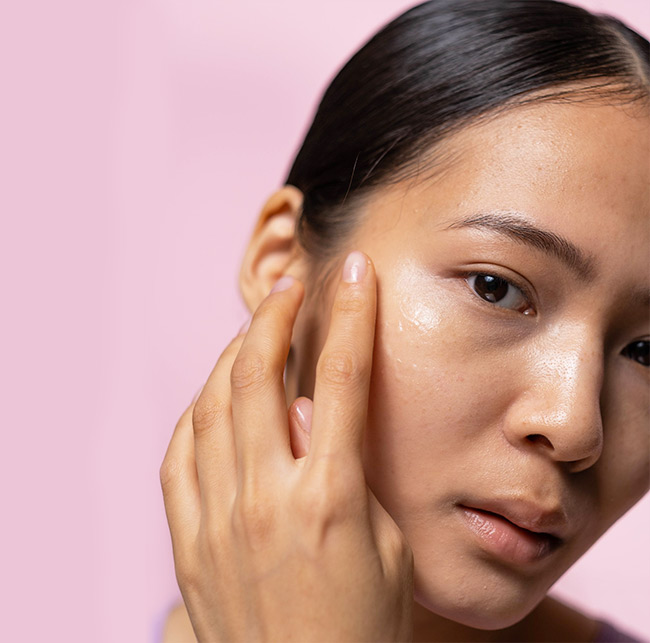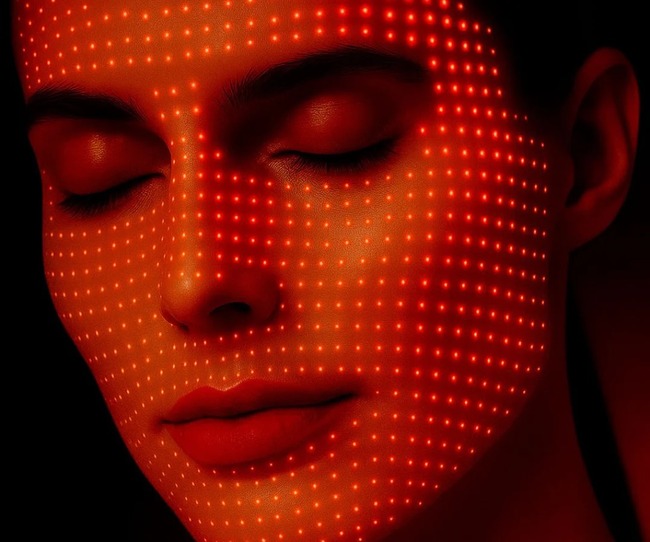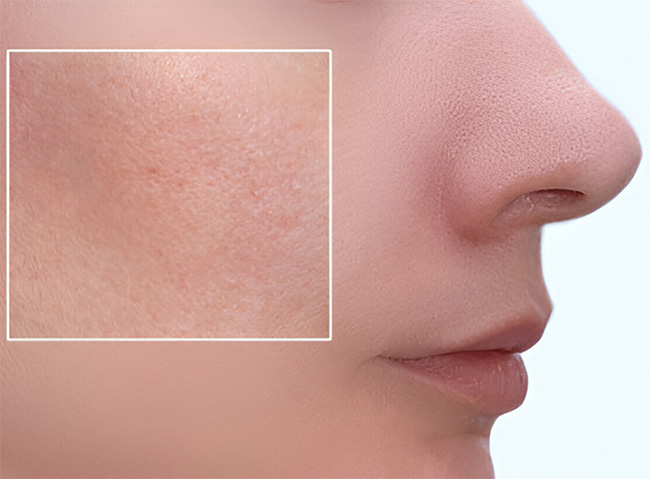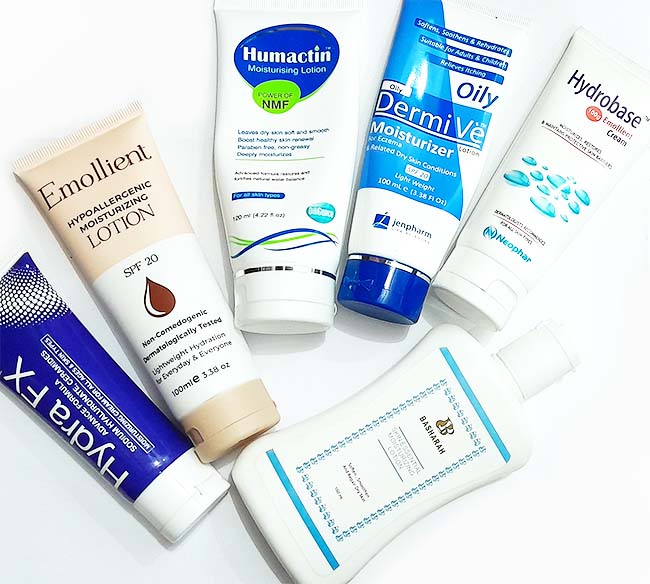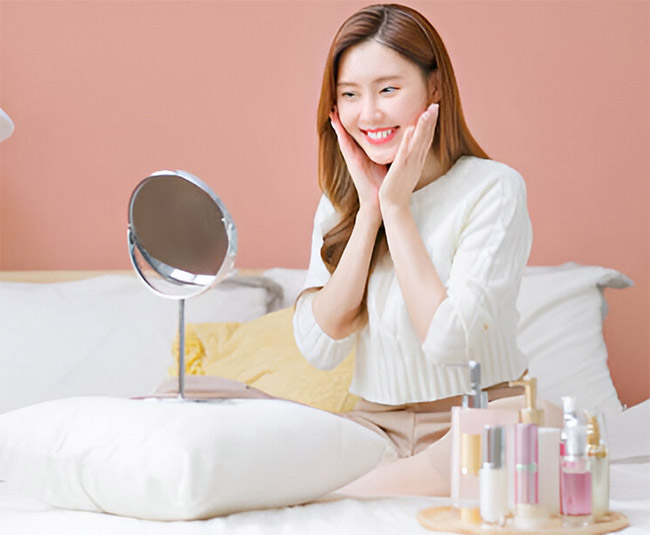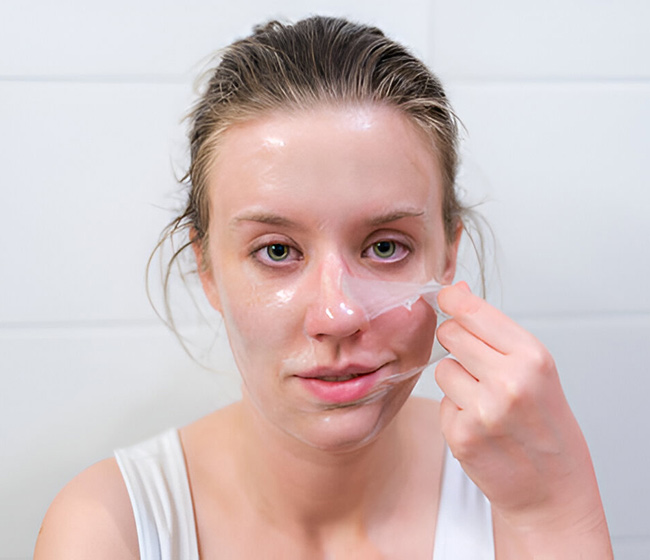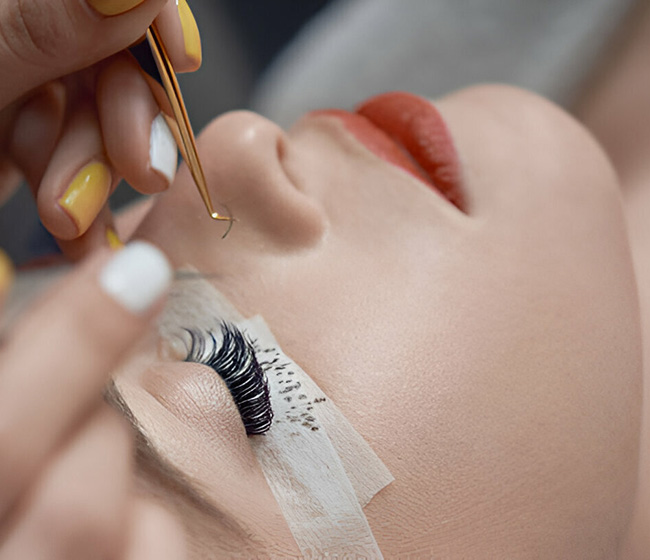1. Protection against UV rays
Sunblock forms a protective barrier on the skin's surface, shielding it from both UVA and UVB rays. UVA rays can prematurely age the skin and cause wrinkles, while UVB rays are responsible for sunburns. Prolonged exposure to these rays can also increase the risk of skin cancer.
2. Prevents sunburns
Sunburns not only cause short-term discomfort but can also lead to long-term skin damage. Applying sunblock with a sufficient sun protection factor (SPF) helps prevent sunburns by reducing the amount of UV radiation that reaches your skin.
3. Minimizes the risk of skin cancer
Consistent use of sunblock can help lower the risk of developing skin cancer, including both melanoma and non-melanoma types. It forms a protective barrier that reduces the penetration of harmful UV radiation into the skin, thereby reducing the DNA damage that can lead to cancerous cell growth.
4. Slows down skin aging
Sun exposure is one of the primary causes of premature skin aging. By shielding your skin from the sun's rays, sunblock helps minimize the appearance of wrinkles, fine lines, age spots, and other signs of aging.
Now, let's explore the two main types of sunblock: physical and chemical.
Physical Sunblock
Physical sunblocks work by forming a physical barrier on the skin's surface, reflecting and scattering UV rays away from the skin. They typically contain active ingredients like titanium dioxide and zinc oxide. Here are some characteristics of physical sunblocks:
- Broad-spectrum protection: Physical sunblocks provide protection against both UVA and UVB rays.
- Immediate effectiveness: They start working as soon as they are applied to the skin.
- Suitable for sensitive skin: Physical sunblocks are generally well-tolerated by individuals with sensitive or reactive skin.
- Can leave a white cast: Due to the reflective nature of their ingredients, physical sunblocks may leave a temporary white residue on the skin.
Chemical Sunblock
Chemical sunblocks work by absorbing UV rays and converting them into heat, which is then released from the skin. Common active ingredients in chemical sunblocks include avobenzone, octinoxate, and oxybenzone. Here are some characteristics of chemical sunblocks
- Broad-spectrum protection: Chemical sunblocks also offer protection against both UVA and UVB rays.
- Requires time to activate: They need approximately 20-30 minutes to be effective after application, as they need to be absorbed by the skin.
- Cosmetically elegant: Chemical sunblocks tend to have a more lightweight and transparent texture, making them easier to apply without leaving a visible residue.
- May cause skin irritation: Some individuals with sensitive skin may experience irritation or allergic reactions to certain chemical sunblock ingredients.
Choosing the Best Sunblock for Your Skin
The choice between physical and chemical sunblocks depends on personal preference, skin type, and specific needs. The "best" sunblock is one that you are more likely to use consistently. Here are a few considerations:
- Broad-spectrum protection: Ensure the sunblock provides protection against both UVA and UVB rays.
- Sun Protection Factor (SPF): Look for an SPF of 30 or higher to adequately protect against sunburns.
- Skin sensitivity: If you have sensitive or reactive skin, physical sunblocks might be a better choice.
- Application and texture: Consider the ease of application and whether you prefer a lightweight or more emollient formulation.
- Personal preference: Try different sunblock options to find the one that suits your skin and lifestyle best.


